
You’re strolling through a European street, hungry and curious, when a cheerful host waves you over. The menu’s in six languages, the photos look perfect, and the sign proudly says “We Speak English.” Rick Steves would call that a clue, because the best restaurants don’t need to advertise at all. Let’s discover more such signs.
“No Frozen Food”
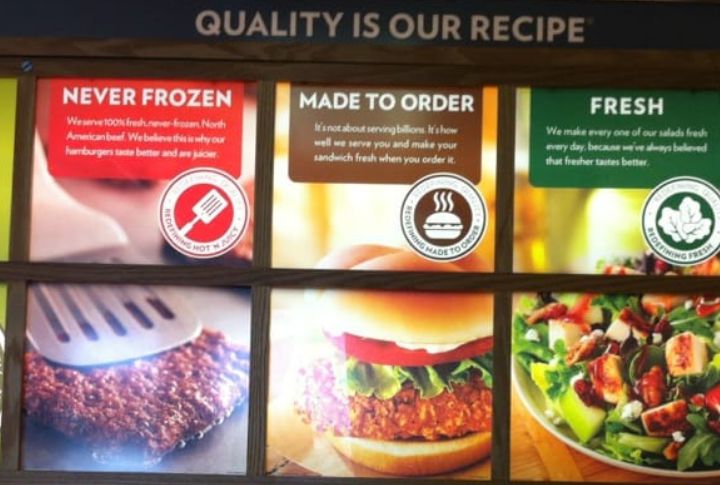
While “no frozen food” might sound like a promise of culinary quality, seasoned travel expert Rick Steves identifies this sign as a telltale warning. Authentic European restaurants simply assume fresh ingredients as standard practice, never needing to advertise it.
“All You Can Eat”
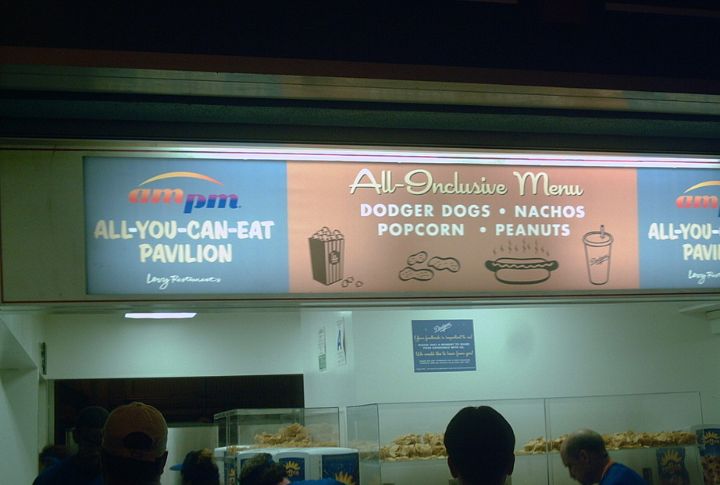
Your first clue in spotting a tourist-trap restaurant? Those glaring “all you can eat” signs in English. It is a dead giveaway that locals steer clear. As a seasoned travel detective, this man says that authentic European eateries shun unlimited food deals and photo-filled menus.
“We Speak English”
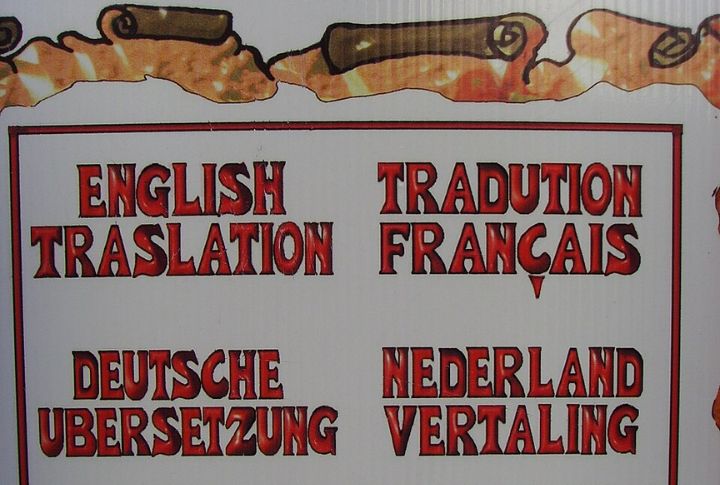
He also offers a key investigative tip for spotting tourist-trap restaurants in Europe: watch for “We speak English” signs. These establishments give themselves away through multiple red flags like multilingual menus, generic, tourist-oriented food, and a conspicuous absence of local diners enjoying authentic cuisine.
“Tourist Menu”
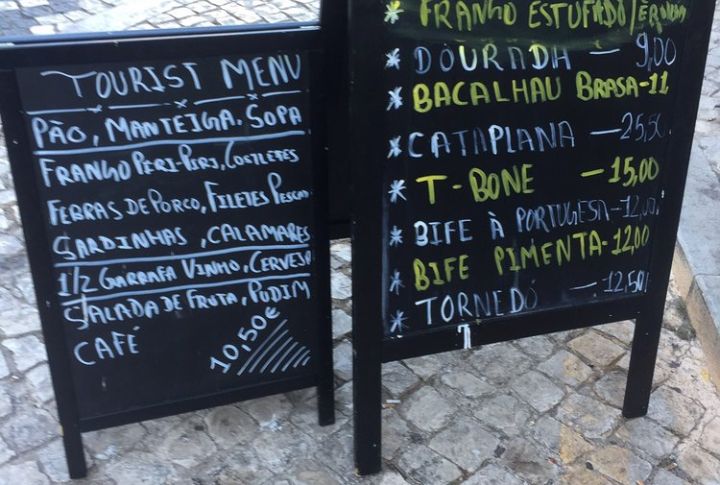
A tourist menu’s English and multilingual translations may appear helpful at first glance, providing easy navigation for international visitors. However, these carefully curated offerings generally showcase generic, crowd-pleasing dishes rather than authentic local specialties—a fact underscored by Steves’ warnings about multilingual menus.
Dish Photos On Sign
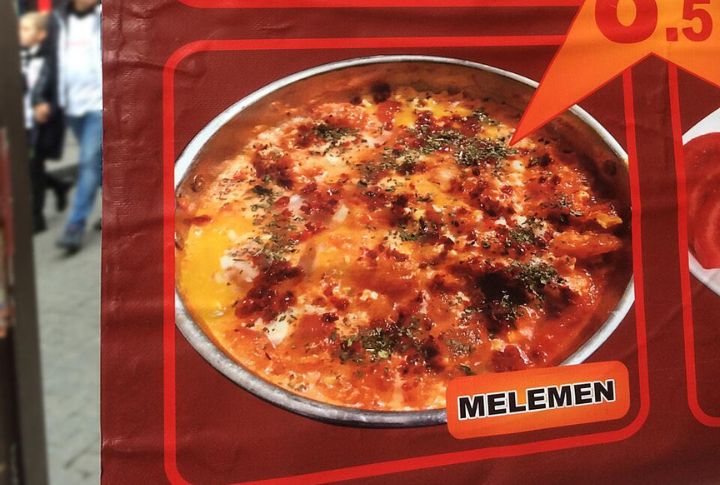
When investigating whether a restaurant caters to tourists or locals, let the photo-laden signage be your first tip-off. Authentic establishments rarely need visual aids, as their regular patrons already know the offerings. The expert confirms this telltale pattern across Europe, where good local spots favor simple handwritten menus in the native language.
English-Language Menu Outside
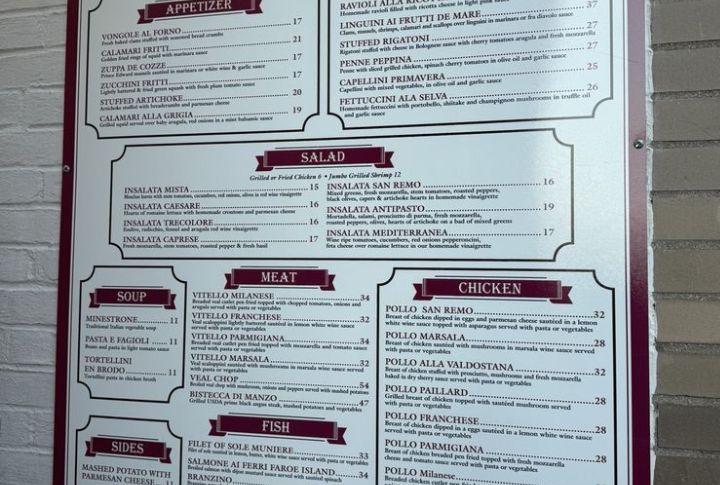
The divide between tourist magnets and authentic eateries reveals itself through signage. Genuine local restaurants display menus solely in their native language, while tourist-focused venues broadcast English translations outside. According to Steves, these English-language displays, often paired with tourist-friendly signage, signal establishments that favor generic offerings.
“Prices Not Listed”
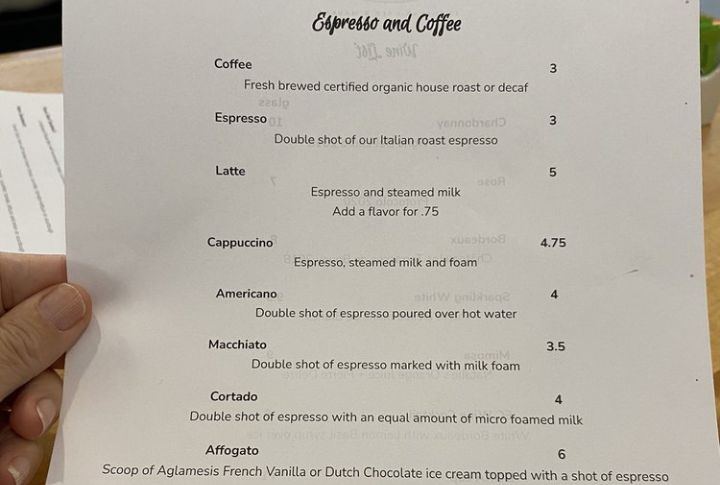
Another hallmark of a genuine local eatery is refreshingly simple. It includes transparent, honest pricing right on the menu. Meanwhile, those mysteriously price-free establishments, often lurking in tourist hotspots, tend to harbor unwelcome surprises, from sneaky bread charges to inflated water fees.
Menu In Many Languages
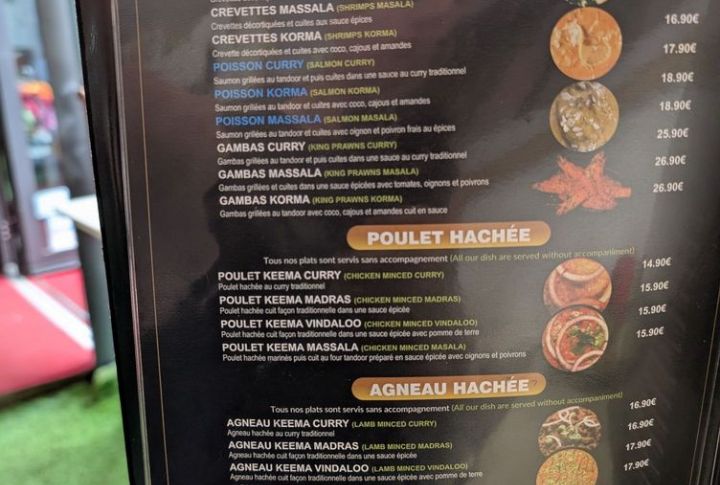
Picture a restaurant with menus displayed in six different languages. While this might seem helpful, seasoned travelers know better. Such multilingual offerings signal tourist-focused establishments serving generic dishes rather than authentic local cuisine. For genuine regional flavors, look for simple, handwritten menus in the local language only.
Extensive Menu With Many Courses
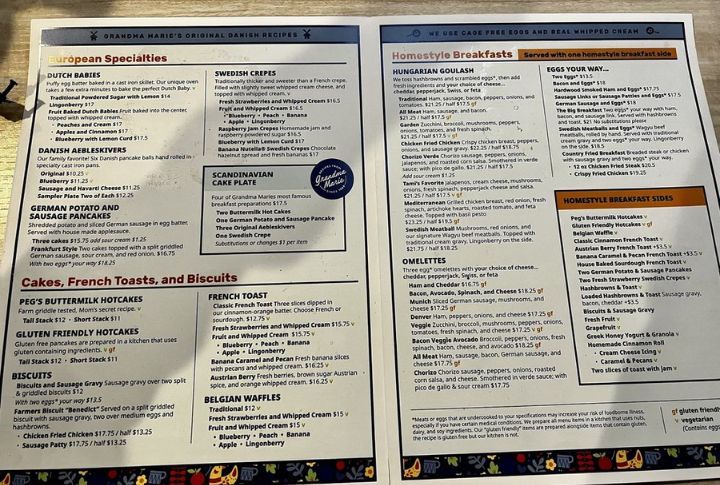
Watch how authentic restaurant menus tell their story through the seasons—shifting and evolving like the local ingredients they showcase. This natural rhythm stands in stark contrast to tourist-focused establishments, where massive, pre-printed menus remain frozen in time, reflecting their mass-production approach.
Servers Touting Outside

True local restaurants rely on their established reputation and steady stream of regular patrons, maintaining a dignified presence on the street. In contrast, tourist-oriented establishments often deploy servers outside to actively solicit passersby—a tactic that signals lower quality and drives locals away from these visitor-focused venues.
